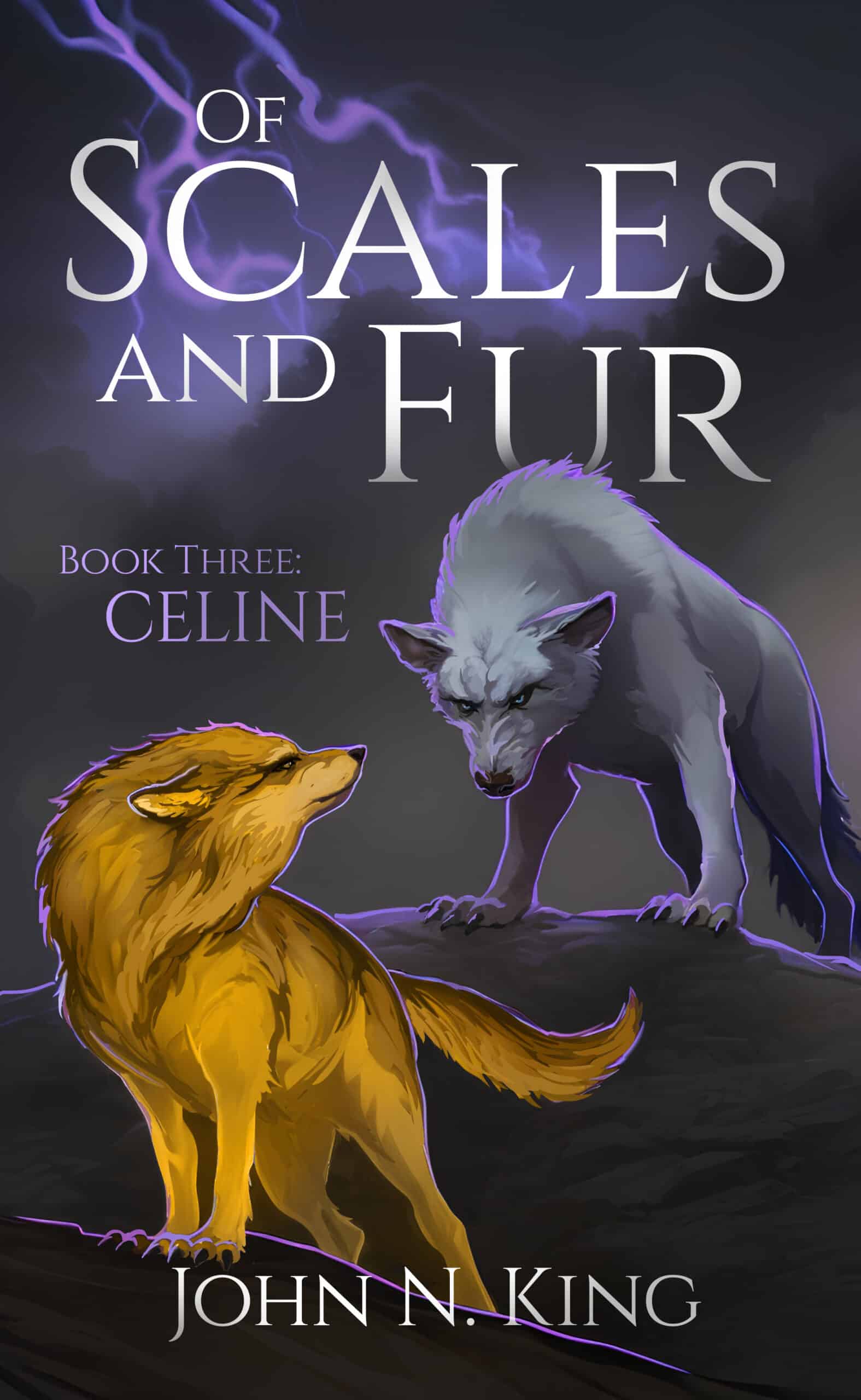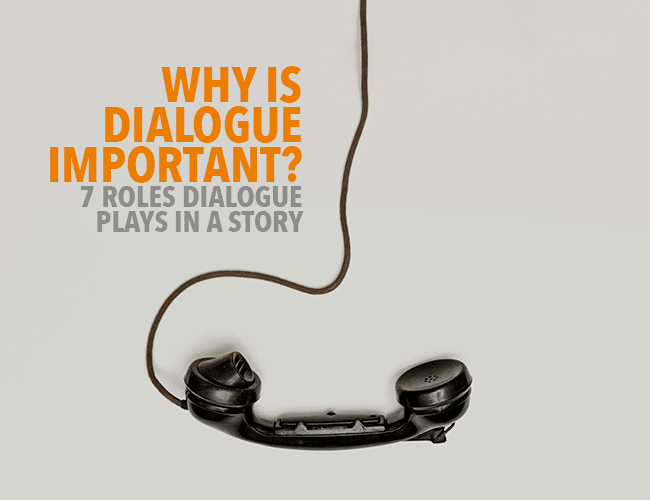
by Joslyn Chase |
If you’re looking for a surefire way to improve your story, you’ll be happy to know there’s a fast-acting method at your disposal. According to writing expert James Scott Bell, it’s “the fastest way to improve any manuscript.”
I’m talking about dialogue.
But here’s the thing—dialogue is more than just the words you put in your characters’ mouths. On screen and stage, it’s the actor’s job to take his lines and infuse them with meaning, expression, emotion, and so on. On the page, that’s your job.
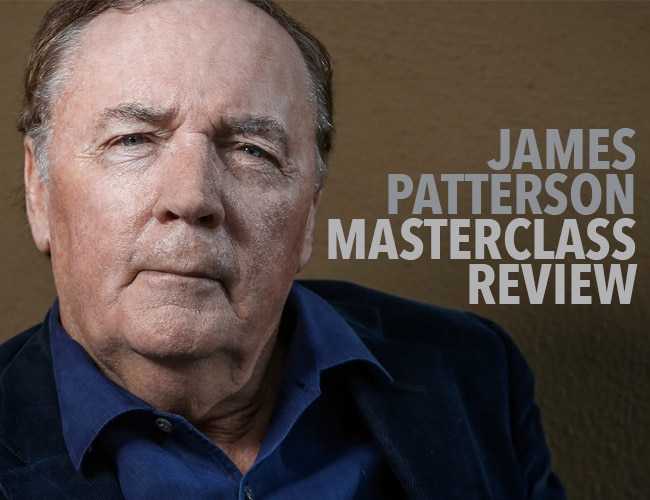
by Joslyn Chase |
James Patterson has held a top position on the list of best-selling thriller writers for the better part of two decades, so I jumped at the chance to take his MasterClass, learn his secrets, and add to my thriller writer toolbox. You may be wondering if taking the class would be a good move for you. Stick around for my James Patterson MasterClass review and see what you think.
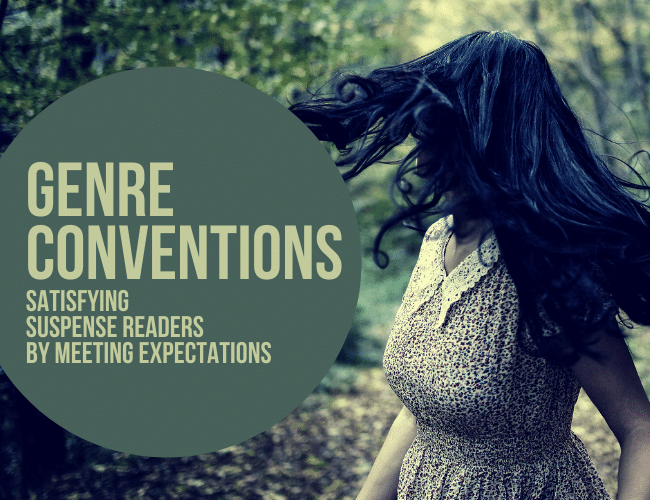
by Joslyn Chase |
When you sit down with a book, are you hoping for a particular type of story experience? This is a common desire, since readers—know it or not—are drawn towards specific genres and genre conventions.
From a writer’s perspective, knowing these genre “flavors” and how to create them to satisfy reader expectations is key to writing stories that will keep readers coming back.
In addition, understanding the genre conventions and obligatory scenes helps you push yourself farther and reach higher to innovate and twist what’s been done before, astonishing readers…and even yourself!
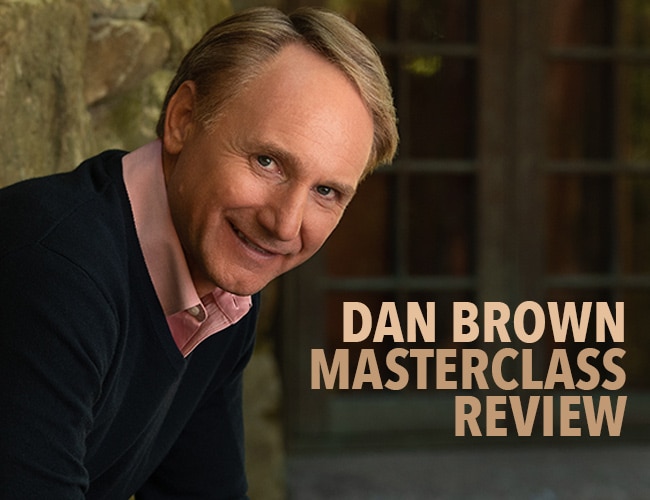
by Joslyn Chase |
Are you wondering what Dan Brown’s MasterClass is like and if signing up would be a good move for you? Do you want to learn how to craft a thriller that works or add suspense to your writing? I recently had the opportunity to take a MasterClass from the man who wrote one of the world’s best-selling novels, The Da Vinci Code, and I’m here to share my thoughts about the experience and give you a peek into what I learned.
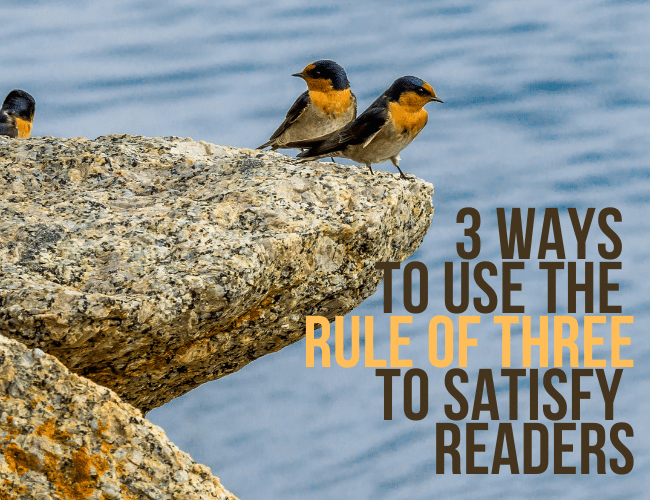
by Joslyn Chase |
As writers, we want to capture our readers’ attention, rivet them to the page, and leave them clamoring for more. We want to create something that moves people, deepens their understanding, and keeps them thinking about our story long after they’ve devoured the last word.
You may have noticed how I used sets of three in my opening paragraph, and if you didn’t consciously register it, your subconscious mind certainly did. Using the Rule of Three in your writing is one way to meet reader expectations and engage reader interest.





